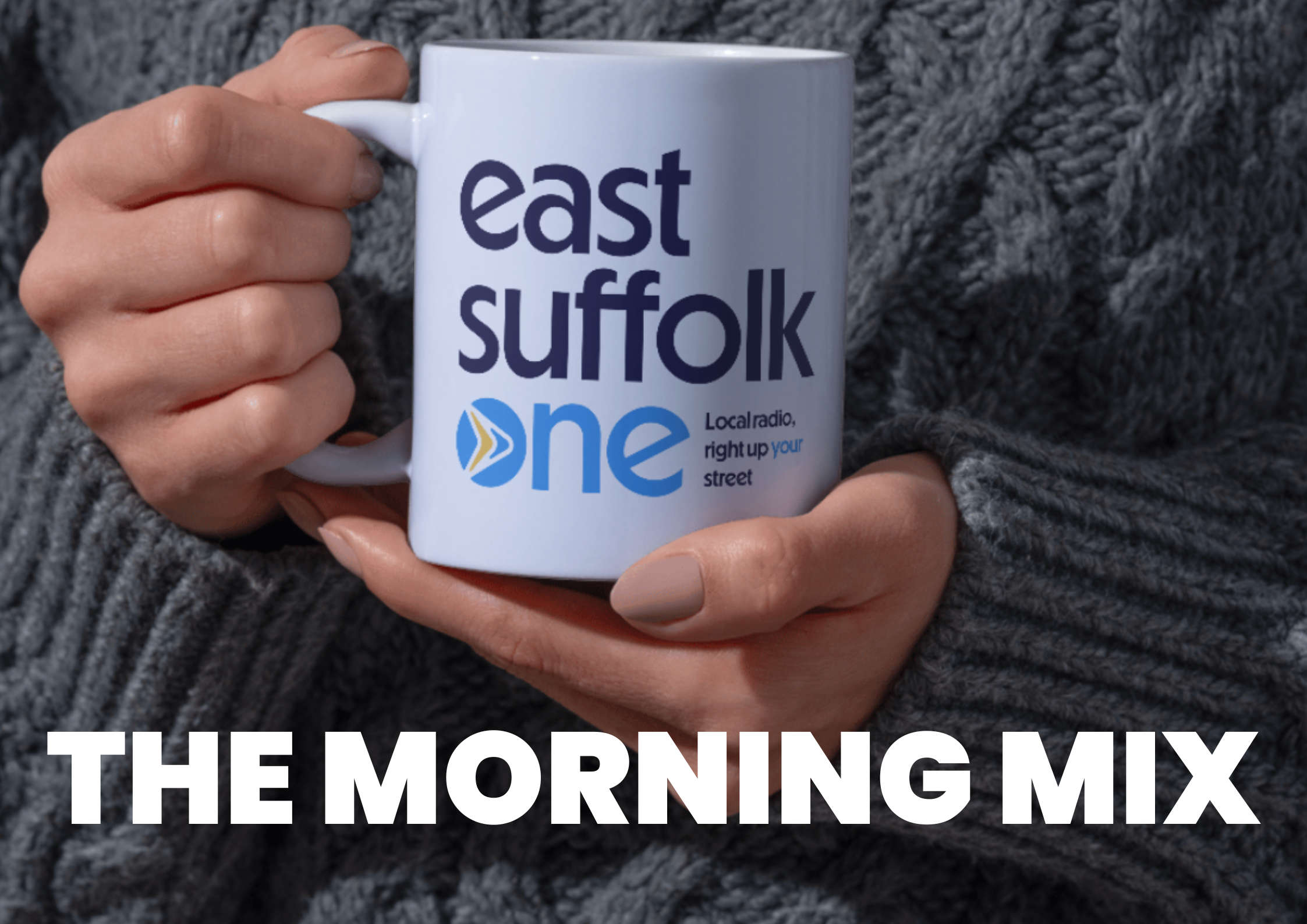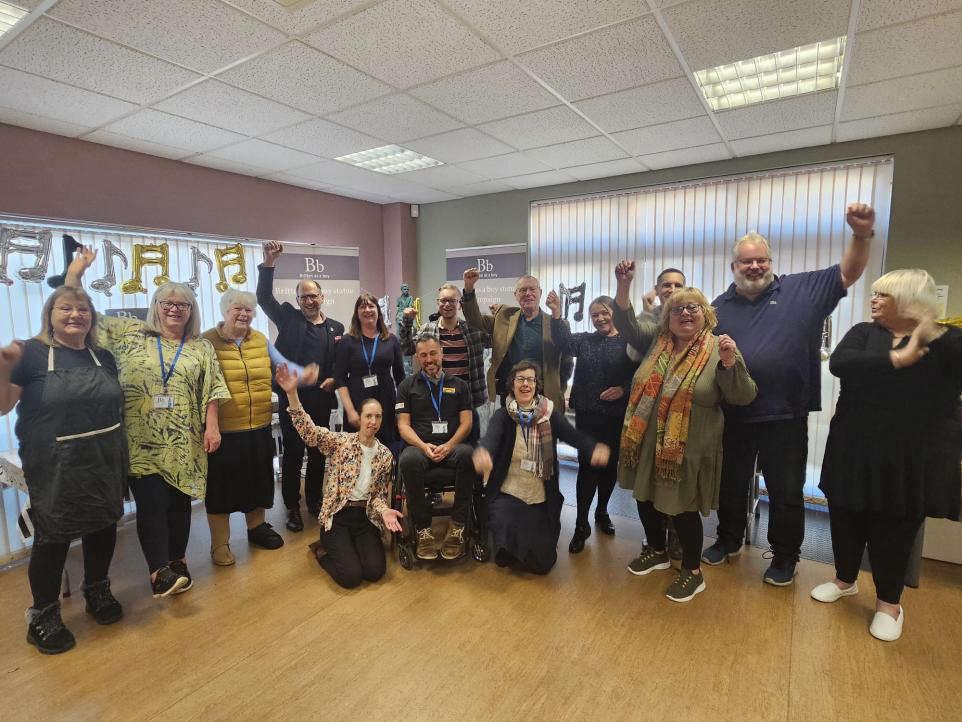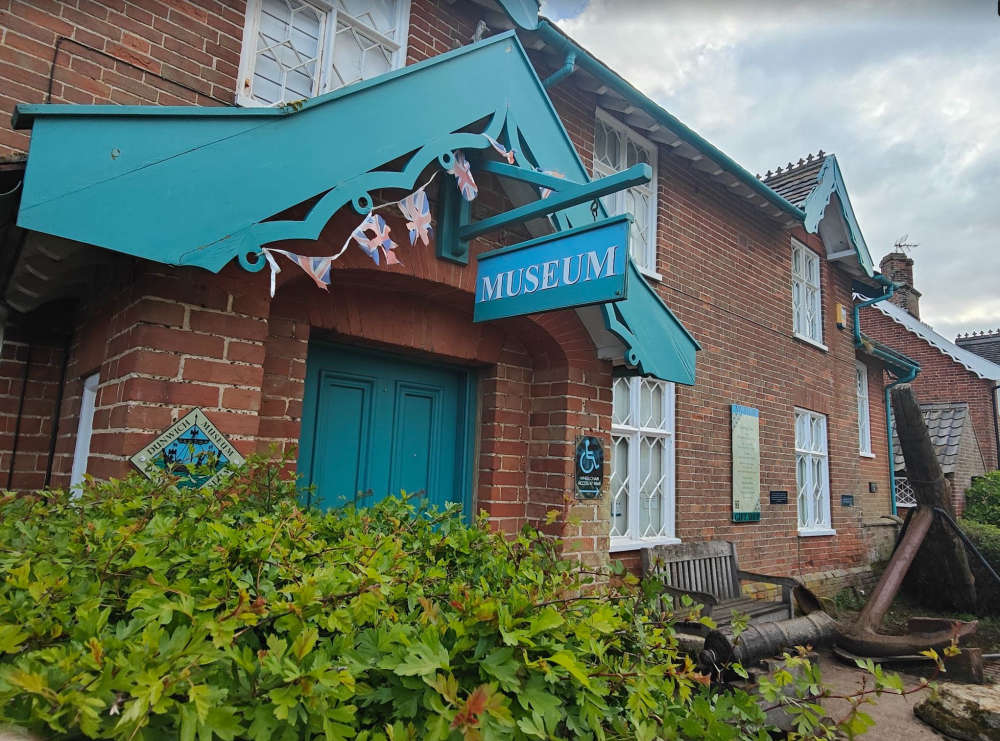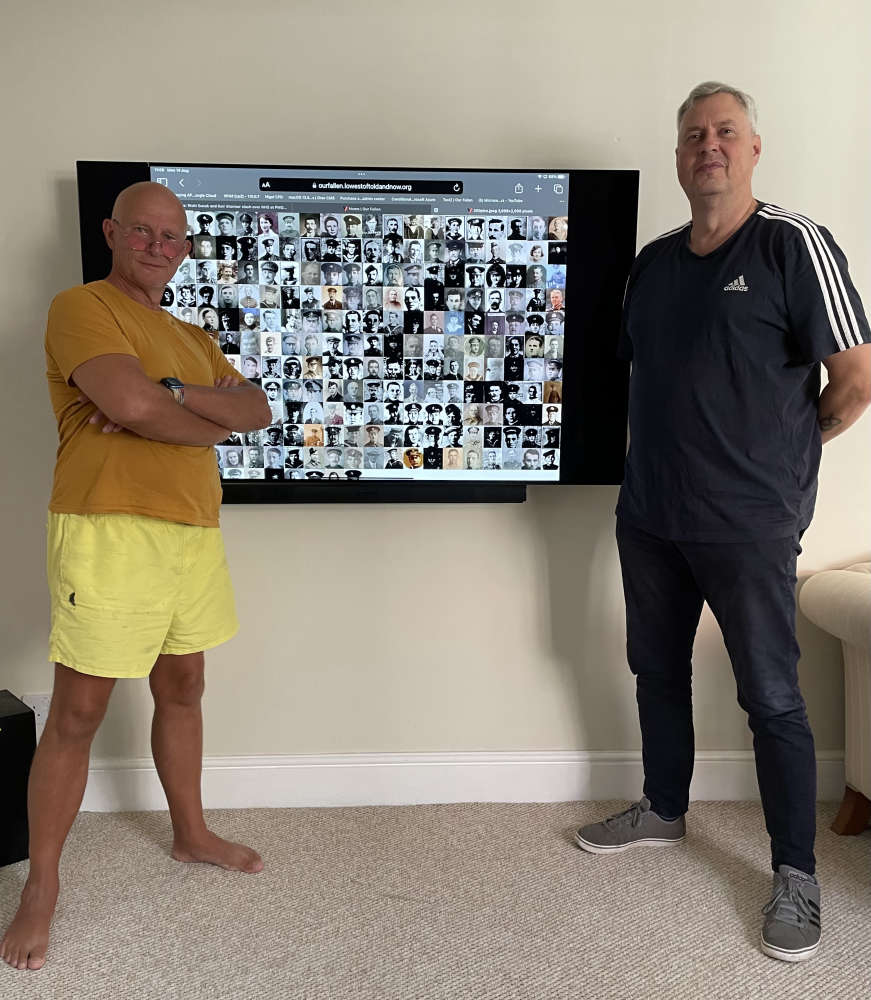History and Heritage
- Community Connections Home
- Browse
-
Lowestoft is set to celebrate composer and Lowestoft native, Benjamin Britten, with a statue of the composer as a boy. The project, led by a team of locals including broadcaster and children’s author Zeb Soanes, aims to use the statue to inspire the town’s future generations. He said: ‘Rather than the adult Britten at the height of his powers, we choose to celebrate him as the Lowestoft boy who went on to achieve great things. We hope this beautiful statue will inspire future generations of Lowestoft children to gaze out to the horizon and dream big.’ The statue committee includes Soanes, Lowestoft and Kirkley community figures Phil Aves, Kim Boundy, Ruth Wharrier and Matt Grafton as well as BBC antiques expert, writer and radio broadcaster Elizabeth Talbot. The committee also includes Fergus Fitzgerald, head of production at Adnams brewery which has today launched a special edition whisky from which all profits will go towards the project. Fitzgerald said: ‘For children growing up in Lowestoft, the statue should serve as a reminder that Britten was someone who walked the same streets as they did and braced into the same winds and went on to do something extraordinary.’ Bronze sculptor, Ian Rank Broadley, has been commissioned to create the statue. He said: ‘The genius of Britten appeared in childhood. A statue of him as a boy in Lowestoft can inspire generations of children to follow their dreams. Bronze is for eternity, Britten deserves no less.’ The project has gained the support of important figures in the classical music industry including baritone Sir Thomas Allen and mezzo-Soprano Dame Janet Baker as well as Britten Pears Arts, the charity behind Snape Maltings, Aldeburgh Festival and the Red House.
Phone Number: N/A
Address: Millbank, 7 Kirkley Park Road, Lowestoft, NR33 0LQ
Website: https://www.brittenasaboy.com
-
Dunwich Museum is part of the Dunwich Community Heritage Centre and relies on the hard work of our trustees, staff, and volunteers, as well as donations from visitors like you to keep running.
Phone Number: 01728 648796
Address: St James Street, Dunwich, , Saxmundham, IP17 3DT
Website: https://www.dunwichmuseum.org.uk/
-
Lowestoft's 'Our Fallen' project is a tribute to those people from the town and surrounding areas, who died because of two World Wars. It is probably the most complete record and includes photos, dates, places and memories. 'Our Fallen' gives details of people from Lowestoft and surrounding villages lost in the two world wars - honouring and remembering their sacrifice. As well as Lowestoft, other neighbouring areas included are: Barnby, Blundeston, Carlton Colville, Corton, Flixton, Lothingland Flixton, The Saints Gisleham, Kessingland, Lound, Mutford, Oulton, Oulton Broad, Rushmere, Somerleyton, Ashby and Herringfleet. The inspiration for the our fallen project came from a Felixstowe project “Felixstowe Remembers” where as you can see they identified where people had lived and added posters to the relevant streets. To me this bought history to life and made me wonder if we could do something similar for Lowestoft? Special thanks to Darren Aitchison and his team.
Phone Number: -
Address: -, -, -
-
The team of volunteers at the Beccles Bell Tower are busy – because there is plenty going this year! Click on the website to find out more!
Phone Number: 01502 712109
Address: The Walk, Beccles, NR34 9AJ
Website: https://becclestowncouncil.gov.uk/the-town/beccles-bell-tower/
-
Bungay Museum will be opening during the winter months - every Saturday from 10am until 1pm. Established in 1963, Bungay Museum displays items relating to the heritage, society and businesses of the Suffolk town.
Phone Number: 01986 894236
Address: Broad Street, Bungay, NR35 1EE
Website: https://bungaymuseum.co.uk/
-
The Excelsior Trust is a registered charity and provides traditional sailing in a restored fishing 'Smack' for everyone. To mark the Excelsior's 100th year - the waters off Lowestoft Ness were festooned with the red sails of traditionally rigged sailing smacks, as The Excelsior Trust hosts an international Smack Race. The event was staged to celebrate the centenary of Lowestoft's own 77ft sailing vessel Excelsior LT472, an icon of the town's national fishing heritage. Up to 25 traditional vessels were in Lowestoft and the 70ft 1st Class Essex Oyster Smack Pioneer was in the racing, the last of the large Essex Smacks to survive. Back on Lowestoft's South Pier, there was the 'Vessels Festival' with stalls, music and displays reflecting the now vibrant maritime, business and arts scene in Lowestoft.
Phone Number: 07821 281950
Address: -, Lowestoft, -
Website: https://www.theexcelsiortrust.co.uk/
-
A project to restore a 1928 Barge back to its former glory in Oulton Broad is underway. The project welcomes visitors the boat to witness the restoration work and contribute with time or donations to get this barge back on the water and make it a place for the local community to meet, have a drink and take in the historical value of this amazing vessel. Any grants, fundraising ideas, interest to support this project is warmly welcomed by the project. If you would like to get in touch, just email: Bargenumber9@outlook.com
Phone Number: -
Address: Oulton Broad, Lowestoft, -
-
St Edmund's Day is on the 20th November but what are the origins of the Suffolk flag?The design is the flag of the arms of Saint Edmund, Suffolk’s very own patron saint. The arrows symbolise how he met his unfortunate end, shot with Viking arrows, and the crown indicates that he was King of East Anglia. These symbols on a blue background have been used as the St. Edmund’s arms for hundreds of years and are a common sight throughout our county. A precursor to the Suffolk flag was believed to have been on display in the mid-1950’s during a visit by Princess Margaret to the Suffolk Regiment. The flag came from the estate of a Suffolk Regiment soldier. Taff Gillingham, chairman of Friends of Suffolk Regiment, has had it in his possession for around twenty years. He is also a renowned military historian and military history advisor for film, television and theatre. An early version of our county flag was raised by Suffolk County Council on the very first Suffolk Day on June 21 st 2017.This started a request by 21 county organisations to have it registered as the Suffolk flag which it was in 2018! One of those organsiations, the Felixstowe History and Museum Society, proudly flies the flag outside its museum today. It was proudly flown with the other UK county flags outside the Houses of Parliament on the 24 th -26 th July 2019. Like all the registered county flags you can see here, the design is distinct and has symbolism unique to each county. The flag of Leicestershire is only a proposal at this moment in time. Although this proposal was promoted in 2006, as you can see, it is almost identical to the flag of East Anglia, a flag which first appeared in 1902 and has been around for over a century. The flag of East Anglia A proposal to be the Suffolk flag The flag of East Anglia continues to be flown across the region. With the East Anglia junior Above Norwich Castle Outside the Ipswich and Suffolk orienteering team Club, Ipswich The East Anglian flag can also be seen on memorials, buildings, souvenirs and products from the early 20th century onwards. On a stained glass window at the On a commemorative tea towel from On the former Essex and Suffolk former East Suffolk Council Bury St. Edmunds, 1959 Fire Service building, Colchester County Hall, Ipswich, The East Anglian flag even has its own anthem! Secondly, the proposal sadly included the cross of Saint George, who is found to lack a direct link to Suffolk. In fact, St. George replaced St.Edmund as the patron saint of England in the 14 th Century. As you’ve already seen, other county flags solely have symbols unique to their county. So unfortunately, it wouldn’t have been able to be registered as the county flag. Despite concerns being made about these unfortunate flaws, and the registration of the Suffolk flag, supported by 21 county organisations, a few local media services have continued to push for the unregistered proposal. This flag is the one for Suffolk County Council and flying the flag of a local authority is unlawful except on its own premises. Of course, this is not strictly enforced, and a few members of the public have flown the flag. On the other hand, registered county flags are free for the public to fly without prior permission needed. Some registered county flags are based on a local authority flag, usually with some alternations, and their registration has been supported by the local authority itself. This is cost-free and at no cost at all to the council or taxpayers. Want to know more? Then look no further than the following websites for more detailed information on the Suffolk flag: British County Flags: https://britishcountyflags.com/2017/09/11/suffolk-flag/Flags of the world: https://www.crwflags.com/fotw/flags/gb-e-suf.htmlThe Flag Institute: https://www.flaginstitute.org/wp/flags/suffolk/
Phone Number: -
Address: -, -, -

 Britten As A Boy - Sculpture Project
Britten As A Boy - Sculpture Project
 Dunwich Musuem and Reading Room
Dunwich Musuem and Reading Room
 The Lowestoft 'Our Fallen' Project
The Lowestoft 'Our Fallen' Project